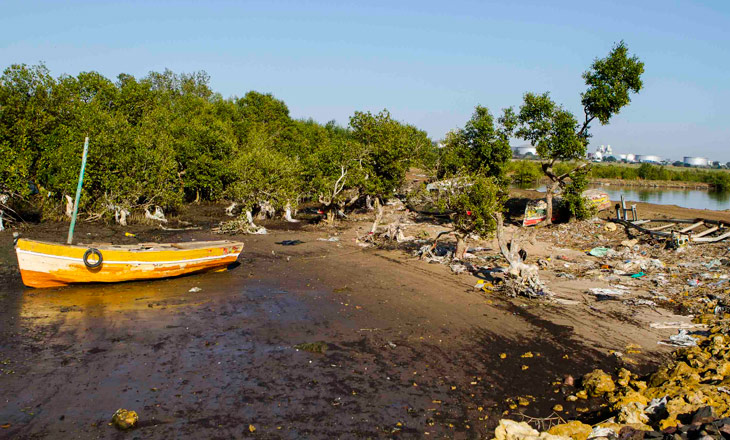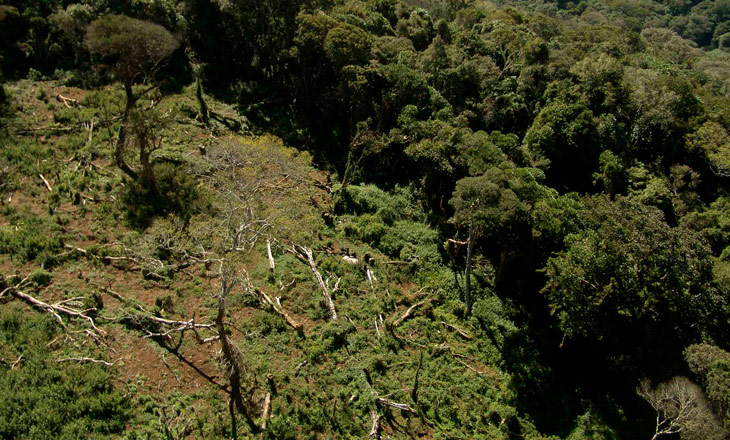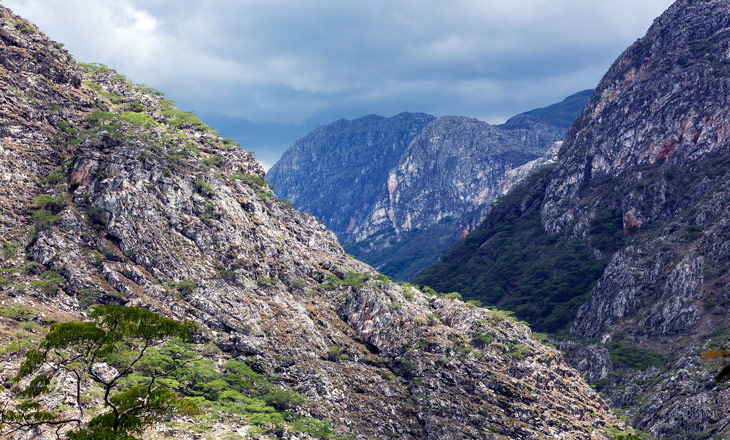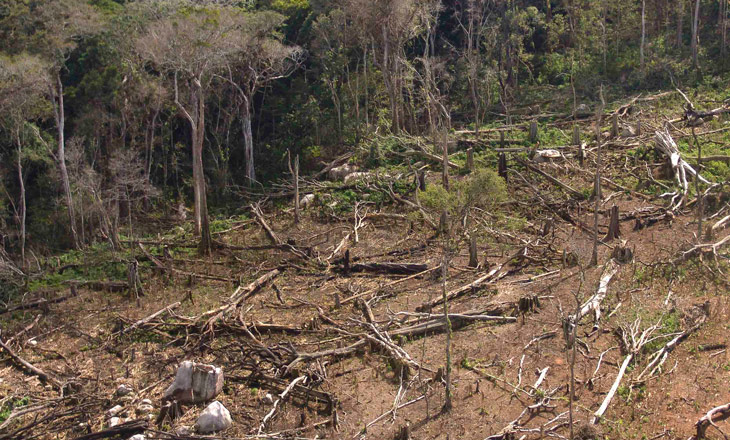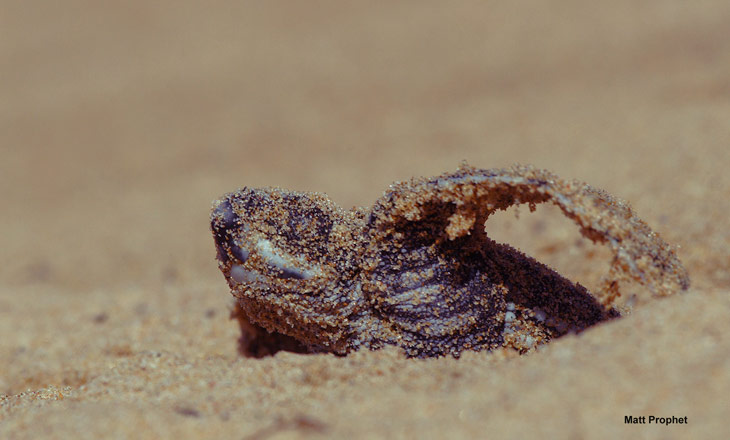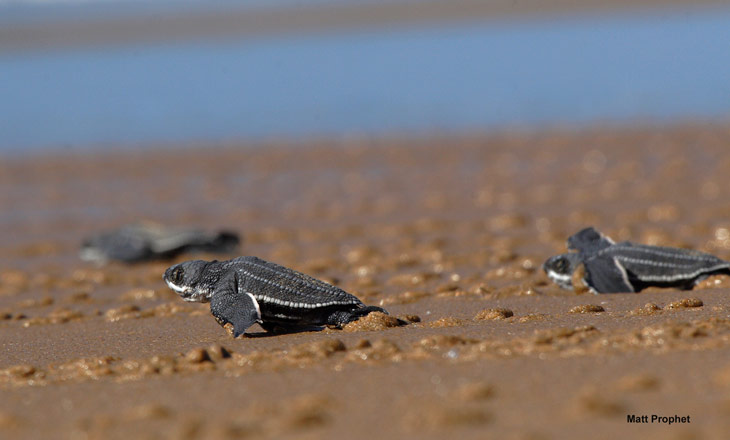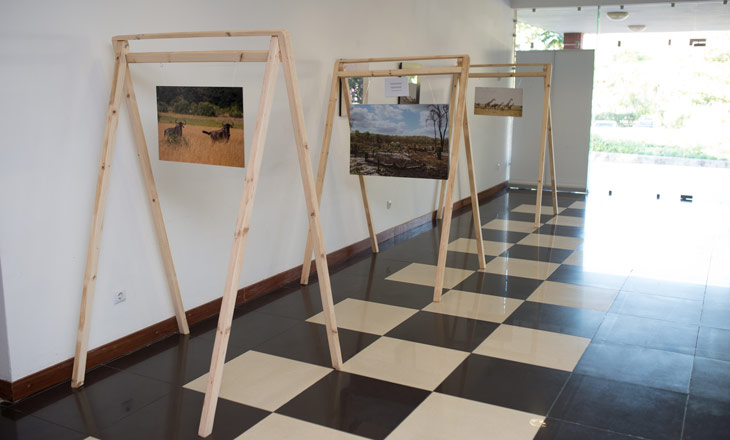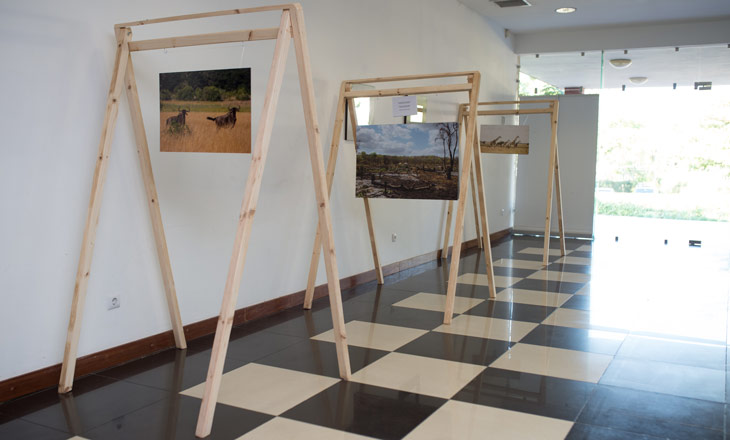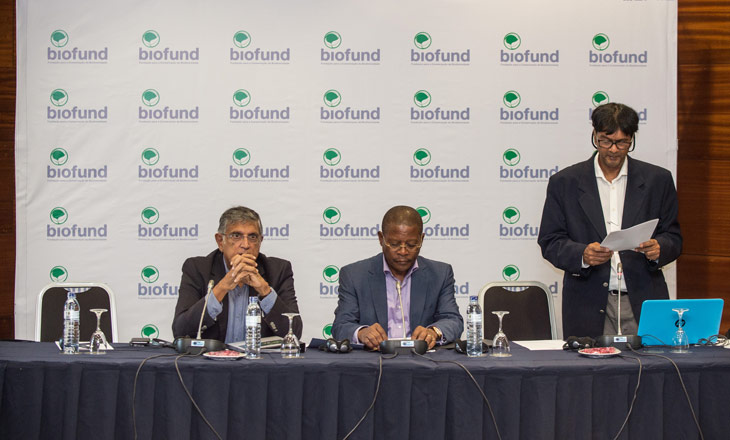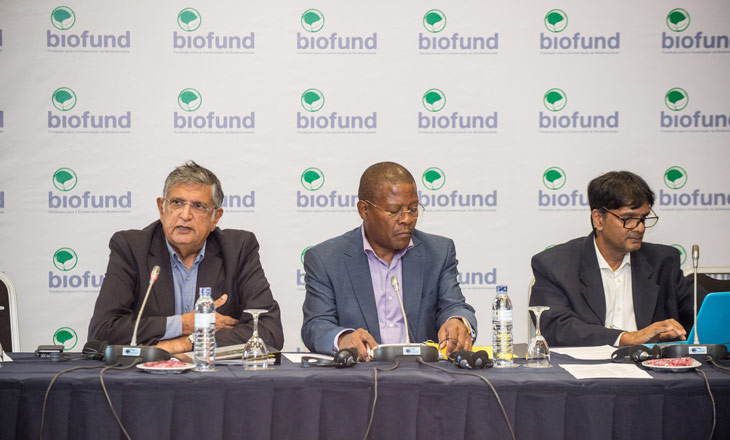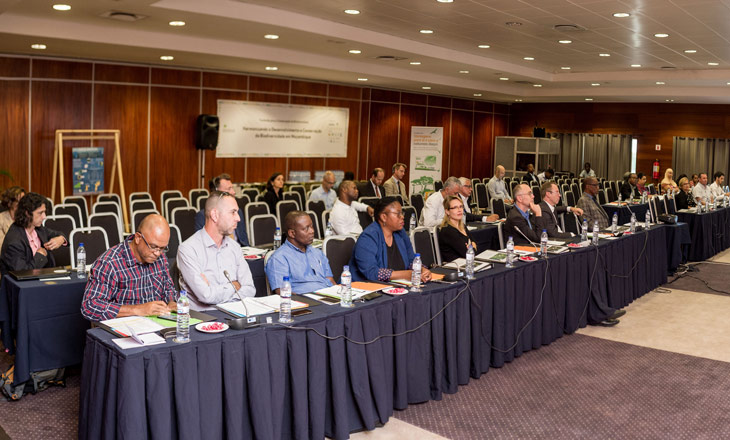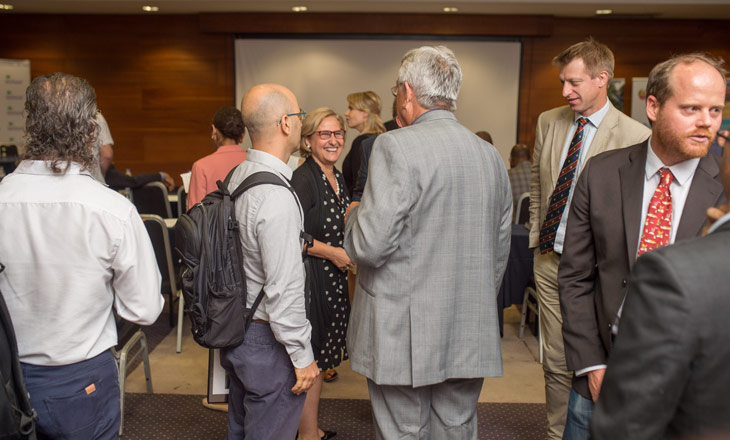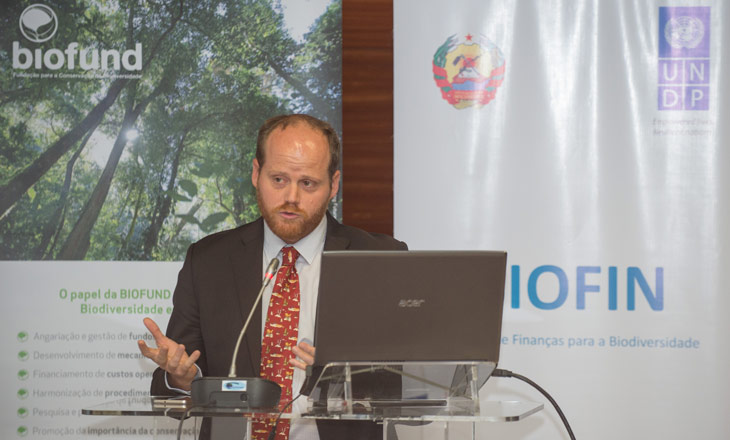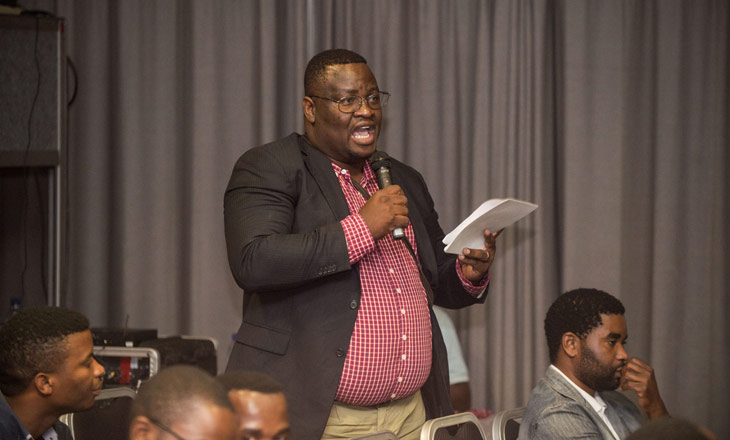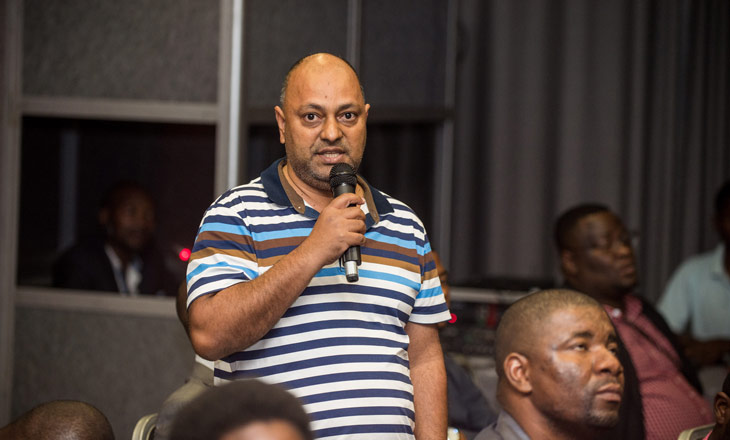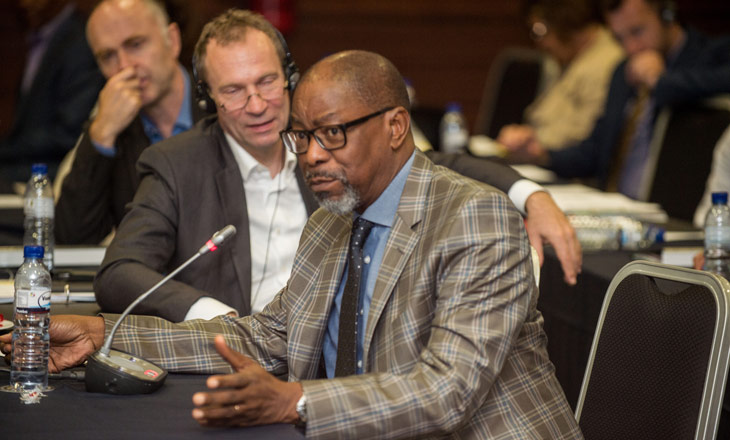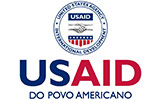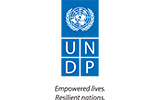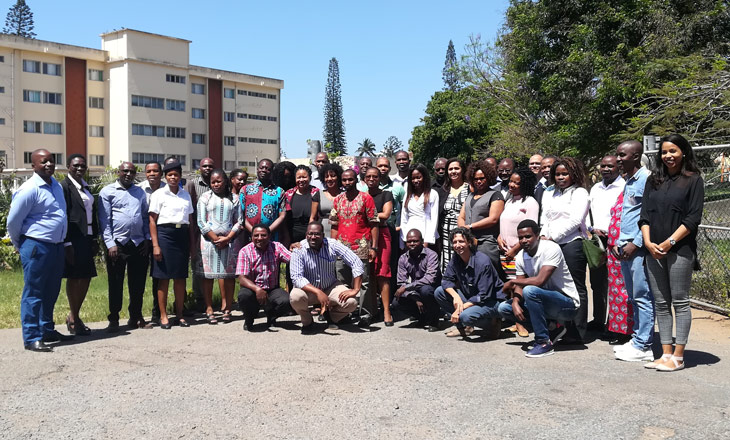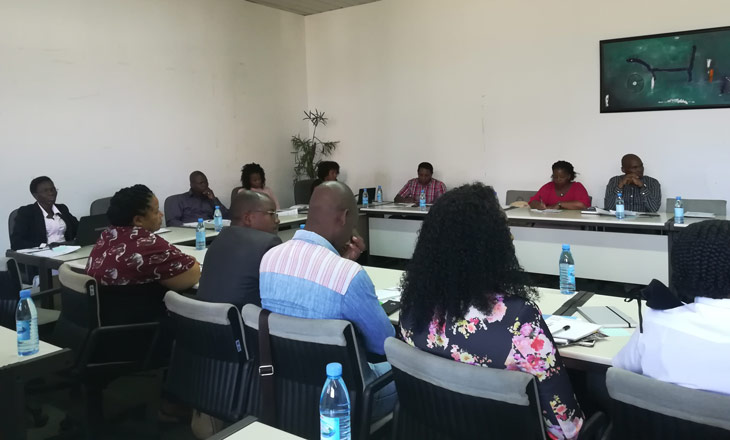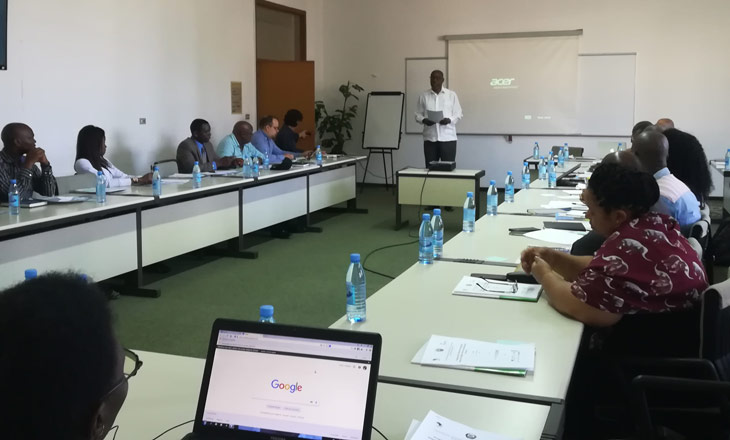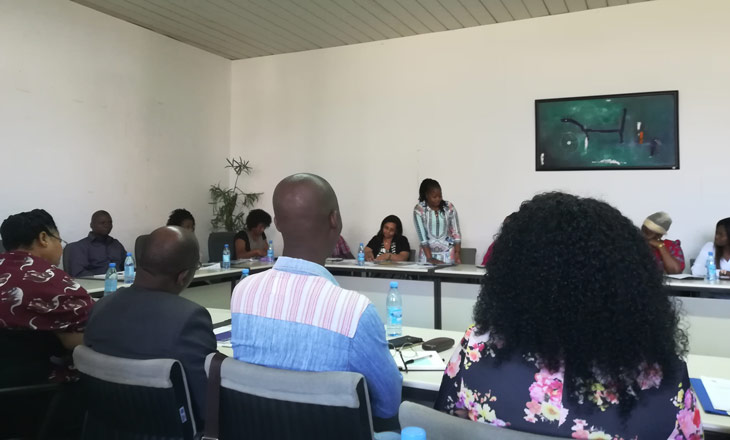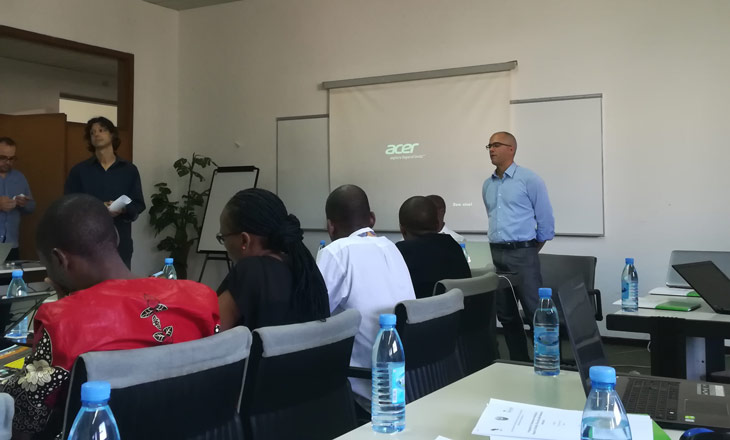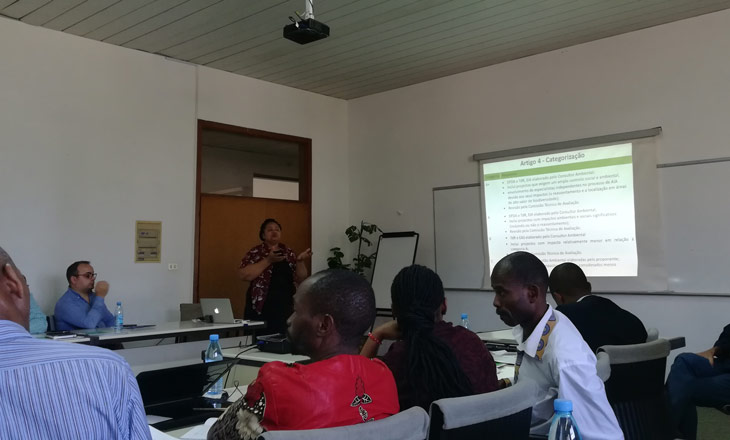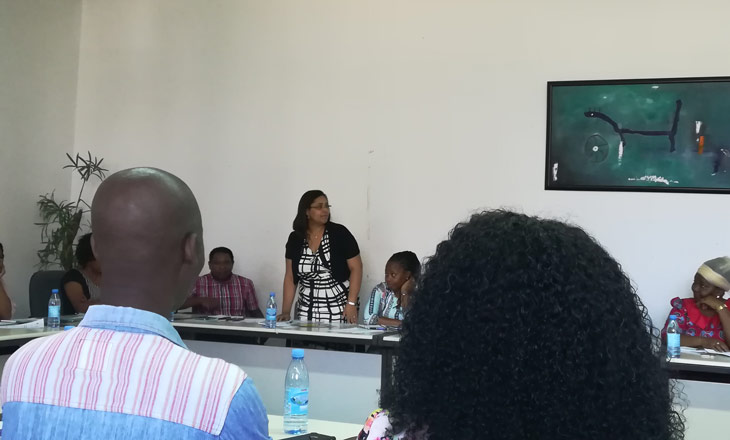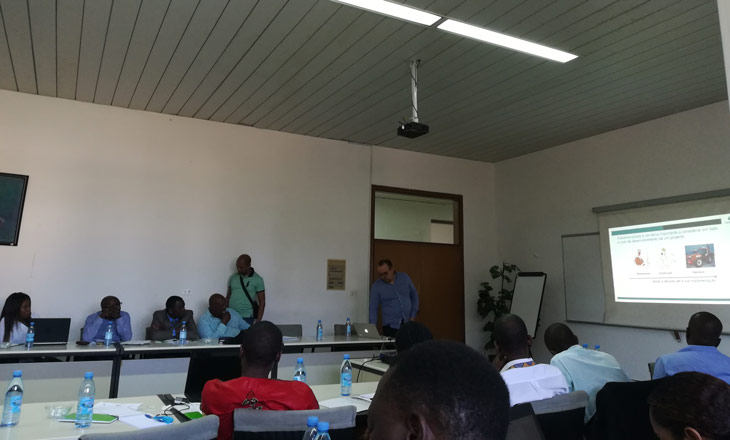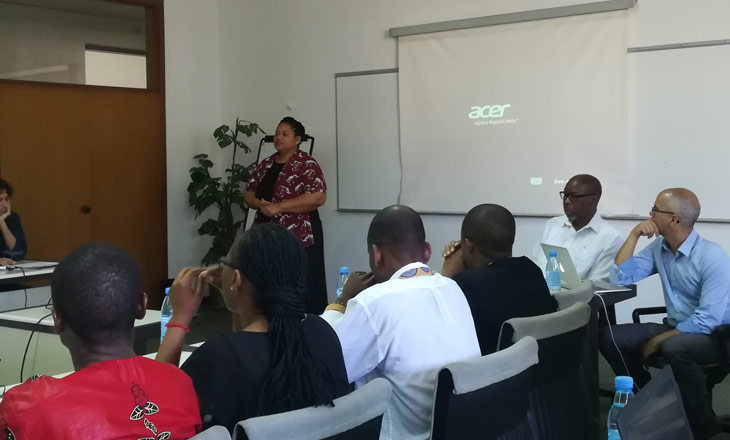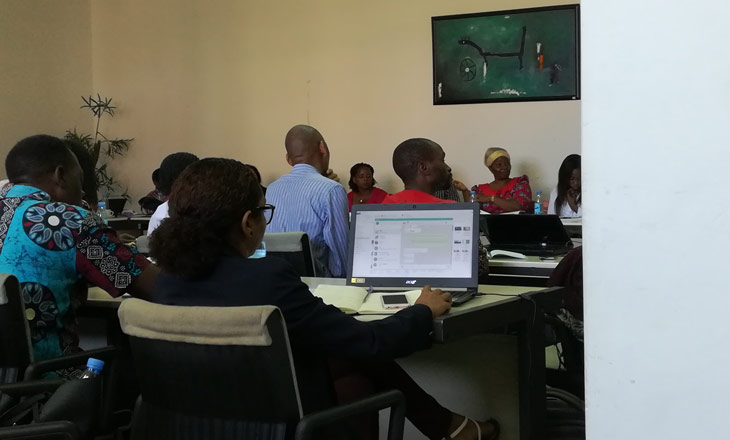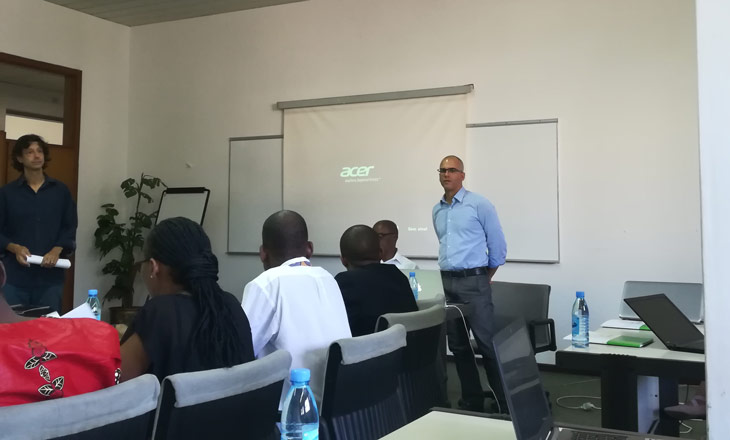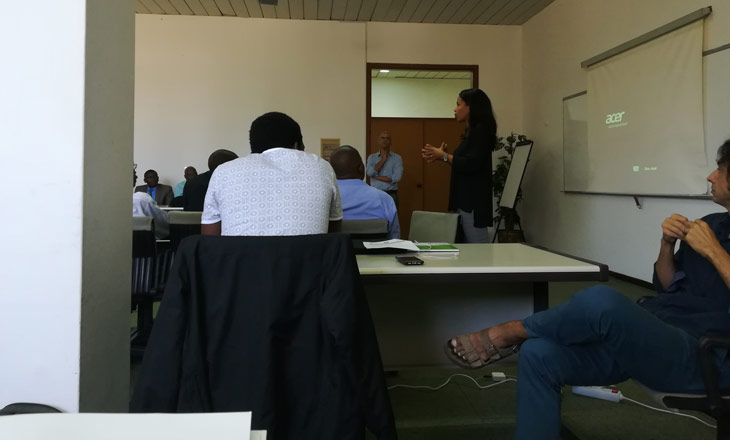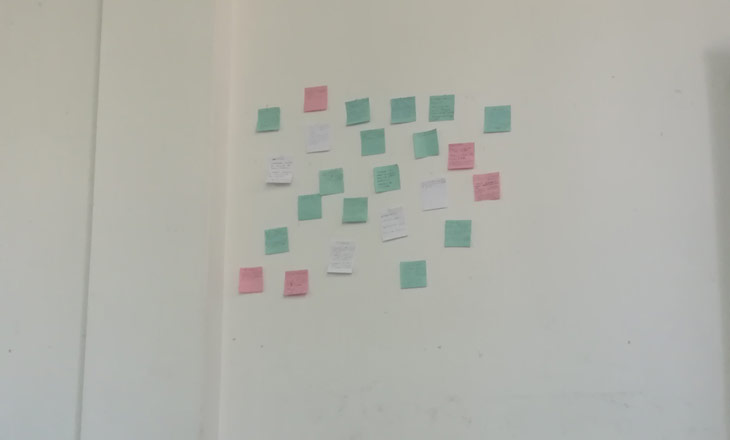The adequate implementation of the Mitigation Hierarchy and of Biodiversity Offsets arises as an innovative financing solution for the conservation of biodiversity in Mozambique at a time when the country has an increasing investment from mining, extractive industry and infrastructures sectors, among others, for its development, and often these projects generate significant and irreversible environmental impacts.
Updated at 21/11/2019
Biodiversity Offsets Programme
Harmonizing Economic Development and Biodiversity Conservation in Mozambique
What are biodiversity offsets?
Biodiversity offsets are measurable conservation outcomes that result from actions designed to compensate for the residual impacts on biodiversity caused by a development project after adequate application of the mitigation hierarchy, that is, after appropriate measures to avoid, minimise and restore such impacts have been implemented.
The concept seeks to attain No Net Loss (NNL) of biodiversity or, when possible, a Net Gain of Biodiversity. Its implementation is generally undertaken outside of the project site, in areas with viable social and environmental conditions.
Why offsetting?
Increasingly, countries have national laws or policies that require the application of biodiversity offsets as the last stage in the hierarchy. The international financing institutions are drivers of the concept – biodiversity offsets are promoted by the Performance Standard of the International Finance Corporation (IFC) (PS6) and international best practices for project development, such as the Equator Principles applied in over 60 countries.
The use of the concepts of No Net Loss and biodiversity offsets through the application of specific and measurable conservation outcomes allows governments and investors to take biodiversity into consideration when they promote development projects, thus contributing towards maintaining ecosystems and their services, which are fundamental for the welfare and survival of the human species.
How are biodiversity offsets implemented?
The three most critical aspects for an implementation mechanism are: legal transparency, effective management and the financial sustainability of the offset in the long term.
In some countries, where the concept of NNL is well framed in the legislation and in practice, there are mechanisms whereby biodiversity offset credits are purchased even before the start of operations, through conservation banks (public and private).
In cases where these mechanisms do not exist, the investors should collaborate with public, private and not-for-profit conservation bodies, to design, implement and monitor specific offset projects.
Implementation should include both active measures to restore biodiversity, and measures for the long-term protection of biodiversity. These measures should be formally approved by the authorities and their implementation followed by a Consultative Council/Steering Committee composed by all the interested parties (public sector, private sector, NGOs and communities) so as to guarantee compliance with the objectives and financial sustainability. Options such as Trust Funds, insurance services and other guarantees should be explored.
Guiding Principles
- The offsets are the last resort in the hierarchy of mitigation and should only be considered when all the previous steps have been taken to avoid, minimise and restore negative impacts generated by a development project.
- The offsets have limits. As some losses cannot be compensated (for example, the extinction of a species or the reduction of population below a viable level, etc.) and the offset projects should be technically and financially viable.
- The offsets should generate “equivalence“. The balance of losses and gains should represent a fair exchange (for example, quality and extent of biodiversity equivalent to the loss, or rules of exchange for biodiversity with a high conservation priority).
- The offsets should generate additionality. Conservation results should be achieved higher than the outcomes that would have occurred if the offset had not been implemented.
- The offset should generate long term results. The design and implementation of the offset should be based on adaptive implementation, including monitoring and assessment with the goal of generating outcomes which last as long as the project impacts.
- Participation of the interested parties. The participation of all interested parties should be guaranteed in the decision taking, and in the assessment, selection, design, and implementation and monitoring of the offset.
Legal Context on implementation of the Mitigation Hierarchy, No Net Loss and Biodiversity Offsets in Mozambique
The principle of total compensation for damage caused by development projects has existed in Mozambican legislation for more than 20 years through the Environment Law and other legal instruments, such as the Land Law, the Fisheries Law, the Forestry and Wildlife Law, and the Tourism Law (together with their respective regulations).
The regulations on Environmental Impact Assessment (Decree 54/2015 of 31 December) states that the mitigation hierarchy should be applied to projects subject to Environmental Impact Assessment (EIA) and introduces the concept of biodiversity offsets, requiring its application whenever necessary. For its part, the Regulation of the Conservation Law (Decree 89/2017 of 29 December) defines the concept of No Net Loss of Biodiversity, determining the criteria and conditions for restoration activities, inside and outside the Conservation Areas (AC) and for compensation, within the AC and their buffer zones.
In this context, the Ministry of Land, Environment and Rural Development (MITADER) intends to develop in the short term a specific regulation to guide the application of biodiversity offsets in Mozambique.
The BIOFUND Programme of Biodiversity Offsets
The urgent need to harmonize economic development and the conservation of biodiversity in Mozambique and the existence of a Roadmap for Implementation of an Aggregate System of Biodiversity Offsets in Mozambique developed by the World Bank in 2016 create a basis to create a mechanism for the implementation of biodiversity offsets in Mozambique.
BIOFUND is implementing the Biodiversity Offsets Programme – Harmonizing Economic Development and Biodiversity Conservation in Mozambique with the main goal of create an enabling environment in legal, institutional and procedural aspects for the implementation of the best international practices to achieve No Net Loss and Biodiversity Offsets over the long term in Mozambique.
This programme fits into the strategic actions of BIOFUND to mobilise financial resources, including the exploration of innovative mechanisms for financing biodiversity conservation in Mozambique according to its Strategic Plan for 2018 – 2022.
The main objectives of the Biodiversity Offset programme are:
Partners
This Programme is a partnership between BIOFUND, COMBO and BIOFIN to implement the National Roadmap on No Net Loss and Biodiversity Offsets with the main goal of supporting the Mozambican Government, civil society, the private sector and local communities creating instruments and mechanisms aimed at the conservation of biodiversity and the sustainable development of the country.
Ministry of Land, Environment and Rural Development – partners in the project include the National Directorate of the Environment and the National Administration of the Conservation Areas (ANAC) which have been jointly developing policies for regulating application of the concepts of No Net Loss and Biodiversity Offsets in Mozambique.
Project COMBO – this is an initiative implemented by the WCS – Wildlife Conservation Society, Biotope and Forest Trends which seeks to reconcile the economic development of four African countries (Mozambique, Madagascar, Uganda and Guinea) with the conservation of biodiversity and ecosystem services implementing policies and laws that allow adequate application of the mitigation hierarchy in development projects in order to achieve No Net Loss of biodiversity. The project is financed by the French Development Agency (AFD), the French World Environment Fund (FFEM) and the Mava Foundation.
Project BIOFIN – is an initiative of the United Nations Development Programme (UNDP), the Ministry of Economy and Finance (MEF) and the Ministry of Land, Environment and Rural Development (MITADER) to strengthen and create transparent and equitable mechanisms for financing biodiversity in Mozambique.
Sponsors
Partners
For more information
- BBOP Guides and policies of the Companies and Biodiversity Offsets Programme (BBOP)
- IFC PS6 Performance Standard and Guidance Notes of the International Finance Corporation
- IUCN Guides and policies of the International Union for the Conservation of Nature (IUCN)
- The Biodiversity Consultancy Ltd Guides and summaries on the concept
- World Bank Biodiversity Offsets: a User Guide
Relevant Documents
Regulation of the Law on the Protection, Conservation and Sustainable Use of Biological Diversity (89/2017)
Activities of the Biodiversity Offsets Programme
Inclusion of the concept of No Net Loss and Biodiversity Offsets in the Regulation of the Law on the Protection, Conservation and Sustainable Use of Biological Diversity
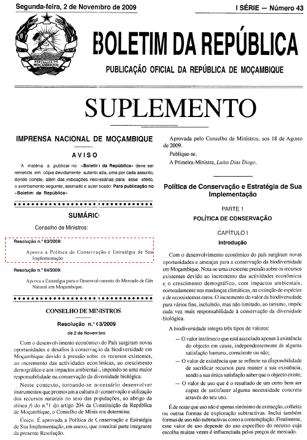
BIOFUND in partnership with WCS, through the COMBO Project, actively contributed for the integration of the concept of No Net Loss and Biodiversity Offsets in the recently approved Regulation (89/2017 of 21 December 2017) of the Law on the Protection, Conservation and Sustainable Use of Biological Diversity (Law 16/2014 of 20 June, altered and republished by Law 5/2017 of 11 May).
This result was achieved by strengthening civic activism to defend improvements in the legal framework that promotes economic development together with the protection and conservation of biodiversity in order to attain No Net Loss of biodiversity in Mozambique.
Mobilisation of civil society at national and local level in the design of the biodiversity offset mechanism in Mozambique
More than 500 representatives of various sectors – public, private, academic, media, civil society and local communities – have participated in the forums and debates on the concept of No Net Loss and Biodiversity Offsets at national and local level. These activities resulted from a joint effort between BIOFUND, the WCS/COMBO Project and the UNDP/BIOFIN project to raise the awareness of society about the urgency of harmonizing economic development and biodiversity conservation through the adequate application of the mitigation hierarchy to achieve No Net Loss and Biodiversity Offsets.
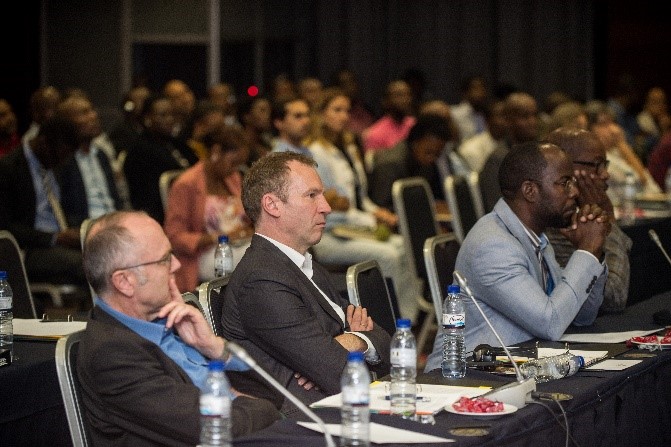
Training of public sector staff and environmental impact assessment consultants in ecological impact assessment, environmental management plans and monitoring
The training programme on ecological impact assessment, environmental management plans and monitoring took place between October and November 2018, with the purpose of training staff from various government institutions involved in the Technical Assessment Commission and representatives of the Mozambican Environmental Impact Assessment Association (AMAIA), with the main goal of improving their capacity in environmental impact assessment and monitoring the environmental management plans.
©BIOFUND


